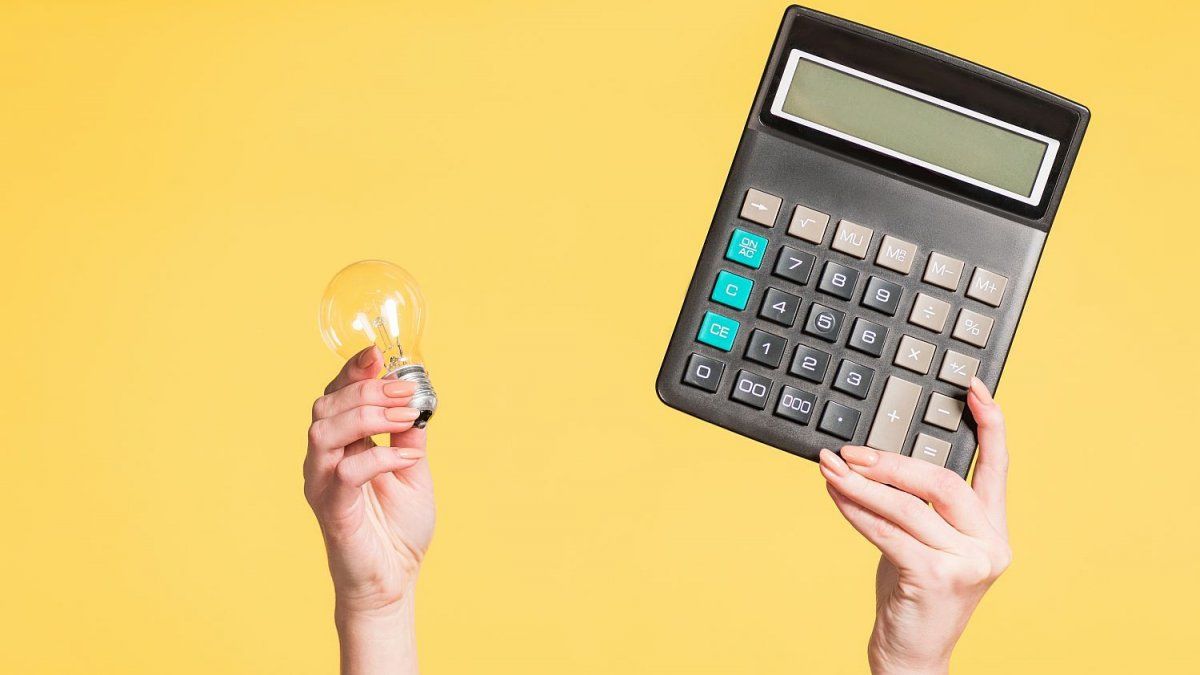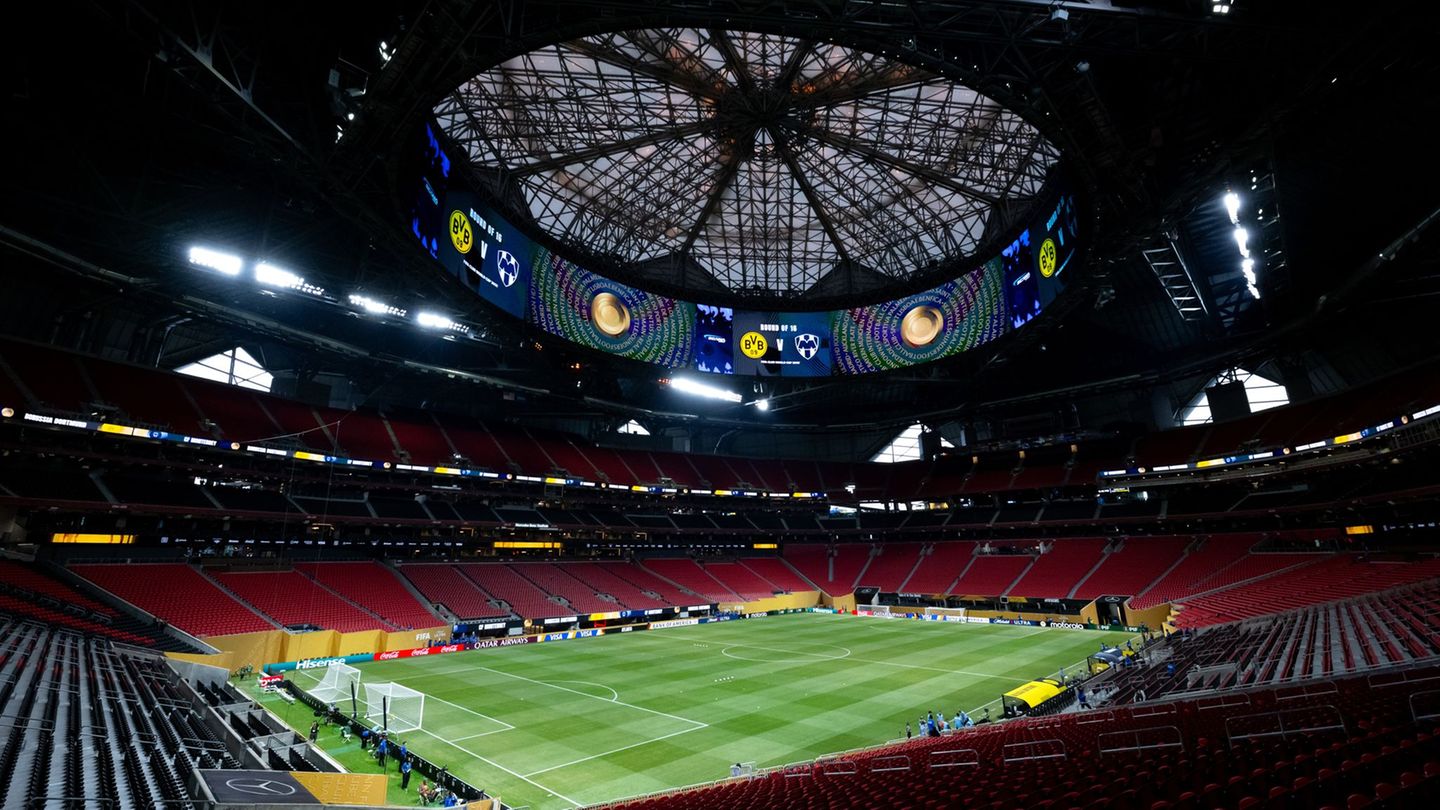This is the consequence of the fiscal adjustment undertaken by the Government, which increased rates and lowered subsidies for energy, public transportation and water by 38% to achieve a fiscal surplus and stop inflation.
According to the Rates and Subsidies Observatory of the Interdisciplinary Institute of Political Economy (IIEP) of the UBA and Conicet, an average household in the City or Greater Buenos Aires that is categorized as Level 1 (N1) of the segmentation – the one with the highest income and/or assets or those who did not ask for or renounced State aid. This month, it will spend $143,819 to pay for electricity, gas, the Argentine Water and Sanitation Service (AySA) and bus travel.
That same basket in December 2023 had a cost of $28,651. This is a year-on-year increase of 402% nominal or approximately 130% in real terms (discounting the effect of inflation) in one year.
Rate subsidies.jpg
The basket of services increased more than 400% nominally
Salaries and rates: new increases are expected in 2025
At an enormous social cost, resolving these inherited imbalances was one of the main tasks of Milei and his Minister of Economy, Luis Caputo, although there is still part of the way to 2025: the regulatory normalization of energy markets, with new rate increases pending. The largest increase occurred this year with transportation rates, where tickets rose by 601% – multiplied by seven.
Gas had a strong rise starting in April and in this period it jumped 531%; Water also began to have periodic increases since April, for a total of 331%; and electrical energy began in February, with 268% in twelve months.
However, This coverage is uneven between different household segments and between services. While N1 households pay on average 100% of the costs of water supply, 93% of electricity, 85% of gas and 31% of transportation, N2 households (Level 2, low income or in poverty) ) barely cover 26% of the electricity cost and 31% of the gas.
These segmentation schemes would be eliminated by the Government before July 9, 2025, to move to a system of direct assistance to the most vulnerable households, through a “social rate.”
The AMBA public services basket for December represents 11.9% of the average registered salary estimated for this month.A year ago, the weight of this expense was 5.9% of the salary, which is why it doubled in 12 months.
The peak occurred in June, with 14.5%, due to the effect of greater gas consumption, rates that were higher and were slowly delayed throughout the second half of 2024, and salaries that progressively began to earn more. little to inflation in the last 6 months.
Meanwhile, Wide disparities persist between the AMBA and the Interior of the country. While a minimum bus ticket in Buenos Aires costs $371.13, the national average is $1,047.41, and in the city of Bariloche, Río Negro, it reaches a peak of $1,613.
Source: Ambito
I am a 24-year-old writer and journalist who has been working in the news industry for the past two years. I write primarily about market news, so if you’re looking for insights into what’s going on in the stock market or economic indicators, you’ve come to the right place. I also dabble in writing articles on lifestyle trends and pop culture news.




